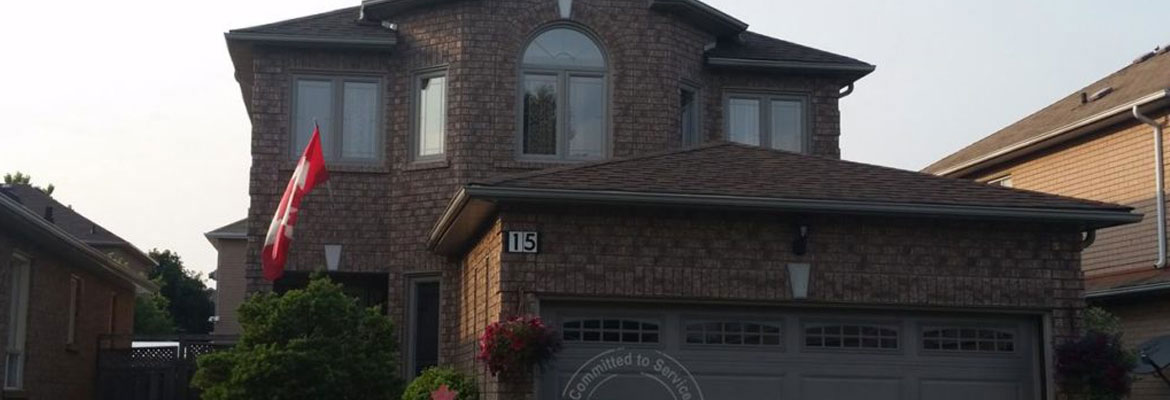Homeowners in Canada are all about energy efficiency. Not only is it better for the environment, but it also can put more money in their pockets by lowering energy costs. And, one of the ways to boost energy efficiency is to install Energy Star windows.
However, there have been some recent changes to Energy Star Standards, which directly affect windows replacement Toronto. In the following, we will discuss these changes and how they will affect homeowners in the GTA.
Recent Updates to Energy Star Windows and What They Mean for Homeowners
Since the beginning of the 90s, Energy Star has set the requirements internationally for energy efficiency standards for products for consumers. This also affects energy standards and window ratings in Canada. Products that have met Energy Star requirements and are labeled as such can save homeowners a lot of money on their monthly costs for heating and cooling. These savings can add up over the years, which makes it worthwhile to invest in windows that are Energy Star certified.
These standards were created in the United States of America and quickly adopted by both Canada and the European Union. The majority of Canadian companies will note on their products that they are certified as Energy Star windows. In addition, windows companies in Toronto are adhering to new requirements that have been put into place by NAFS (North American Fenestration Standards). Combined, these guidelines are recognized by public service companies, the government, retail agencies, environmental organizations, and government branches all over the world.
How to Interpret Guidelines for Energy Star Windows
These are the terms that are used to figure out the ratings for windows:
Energy Rating (ER)
The Energy Rating ranges from zero to fifty points and is the combination of the U-factor, airtightness, and solar gain. If your windows have a higher energy rating, then they are Energy Star windows and are extremely energy efficient.
Solar Heat Gain Coefficient (SHGC)
The Solar Heat Gain Coefficient measures the amount of solar heat that is gained through the windowpane, ranging from zero to one hundred, with 100 being the highest and most energy-efficient.
R-Factor
The R-factor of a product is used to measure the value of the insulation. The higher the number, the more insulation is present.
U-Factor
This is a way to measure the heat transfer process from a warmer area to one that is cold. The faster the overall process is, the higher the U-factor coefficient is, and thereby, the more efficient.
*NB: Neither the U-Factor nor R-Factor heat gained via natural light has a factor in determining the rating.
Visible Transmittance (VT)
The level of visible light that passes through an object is the visual transmittance. The more light there is, the higher the value is. VT is measured with values from zero to one hundred.
*NB: In accordance with the guidelines, Energy Star windows are also rated for tightness for both water and air as well as overall strength and durability.
If you possess a basic understanding of these terms, it will help you choose the right style of windows for your home. Moreover, it will assist you in deciding if you wish to upgrade your replacement windows. Adding Low-E coatings and inert gas fills to double or triple-pane windows that meet the above standards will have a huge impact on their energy efficiency. Choosing Energy Star Certified windows can significantly reduce the amount of money you spend on energy costs.
Still, have questions about Energy Star Windows? Contact the staff at WindowTech Windows and Doors, and we will gladly answer any questions you may have. In addition, we can sit down with you to help you decide what window material and design are best for your home.


